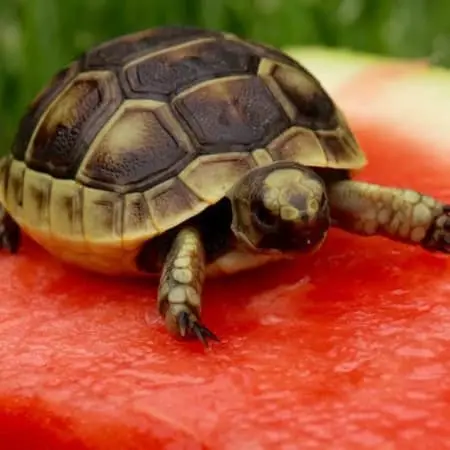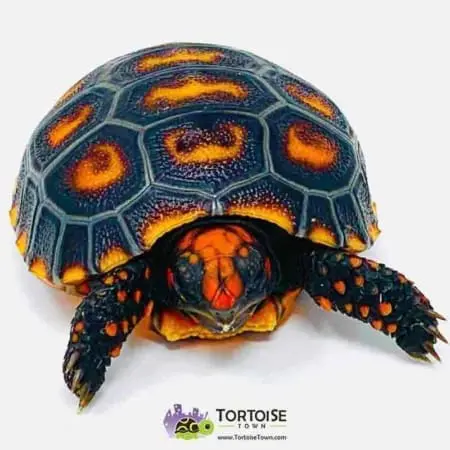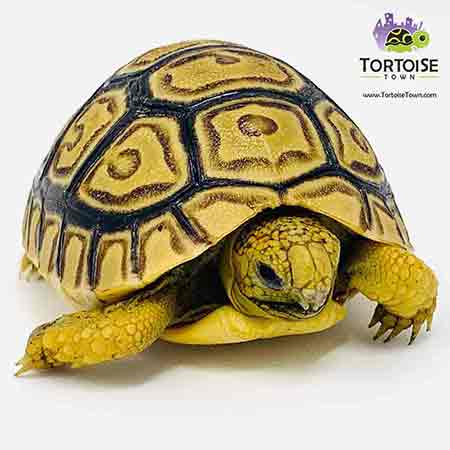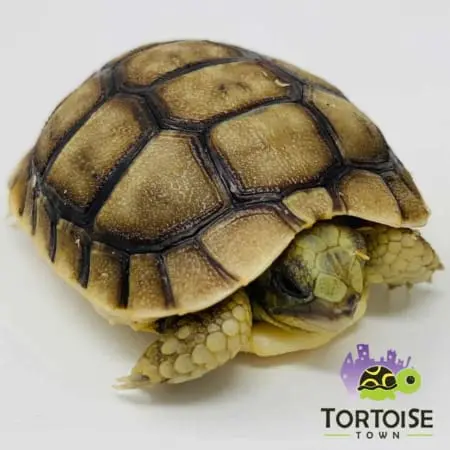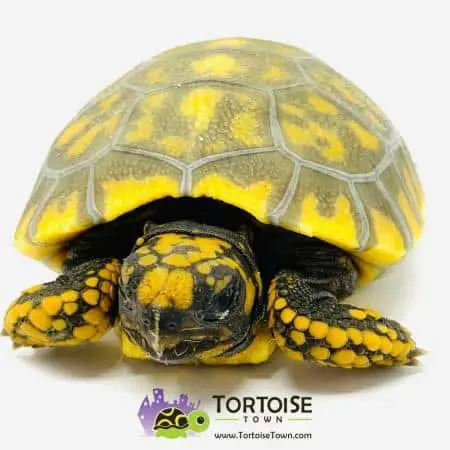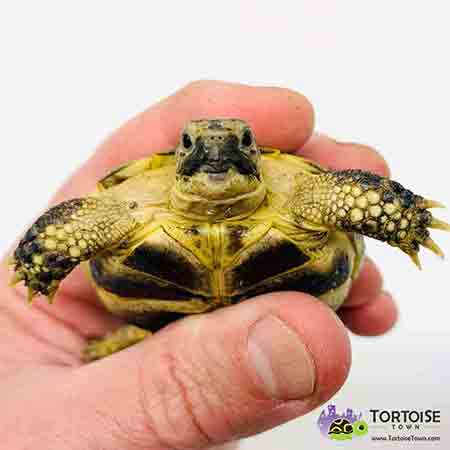Pet Tortoise Species Guide: Sulcata, Russian, Leopard, Greek & More
There is no such thing as a “one size fits all” pet tortoise. Sulcata tortoises, Russian tortoises, leopard tortoises, Greek tortoises and red foot tortoises all have different adult sizes, climate needs and personalities. Choosing the right species for your home is just as important as learning how to care for it.
In this guide, we will compare several of the most popular pet tortoise species, including their natural habitat, size, ease of care, diet, breeding potential and baby care. By the end, you will have a clearer idea of which species fits your lifestyle before you bring one home.
buy a tortoise because they focus on captive-bred babies of many species, including Sulcata, Russian, leopard, Greek, Hermann’s, red foot and more, all started correctly on proper diets and UVB lighting.
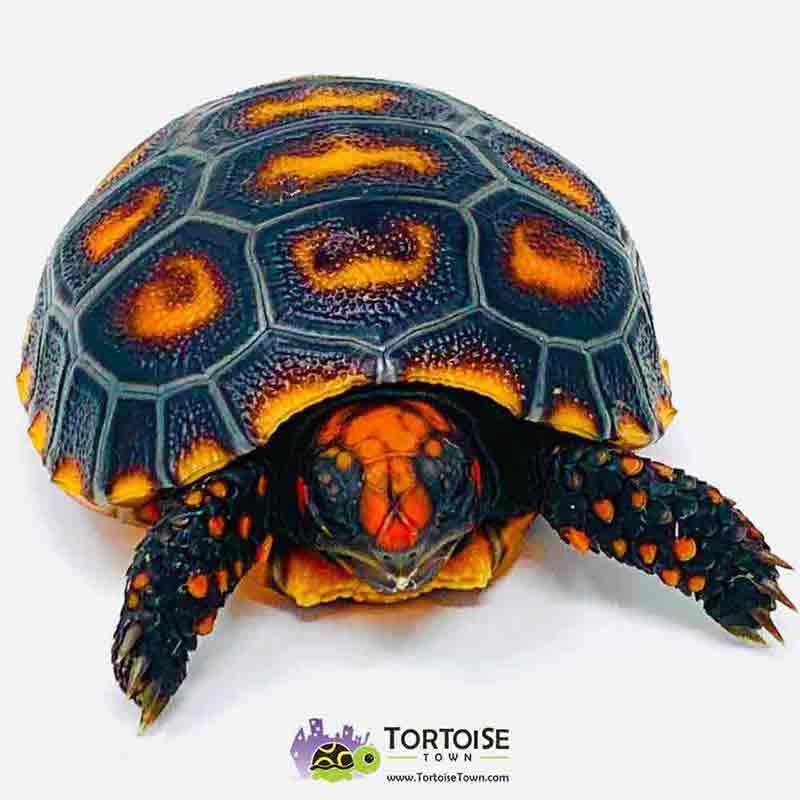
Sulcata Tortoise: Giant African Grazer
The Sulcata tortoise, also known as the African spurred tortoise, is one of the largest tortoise species commonly kept in captivity. Adults can exceed 24 inches in shell length and weigh over 80–100 pounds. They come from arid African grasslands and need huge outdoor space, strong fencing and serious long-term planning.
- Adult size: Very large; not a small backyard pet.
- Climate: Warm, dry, with secure heated shelters in cooler regions.
- Ease of care: Hardy but demanding due to size and strength.
- Best for: Keepers with lots of space and long-term commitment.
If you have the room and are prepared for a true giant, you can explore Sulcata tortoise for sale options and eventually buy Sulcata tortoise babies that start small but grow into impressive adults.
Russian Tortoise: Compact & Beginner-Friendly
Russian tortoises are one of the best beginner species. Adults usually reach 5–8 inches, making them much easier to house indoors or in modest outdoor pens. They come from harsh climates with cold winters and hot summers, which has made them surprisingly tough and adaptable in captivity.
- Adult size: Small to medium.
- Climate: Tolerant of a range, with proper heating and lighting.
- Ease of care: High—great for beginners who do their homework.
- Best for: Keepers with limited space who still want an active tortoise.
Well-started Russian tortoises are active, great grazers and do very well in properly built tortoise tables or outdoor pens. When you are ready, you can look for Russian tortoise for sale and buy Russian tortoise babies from a captive-bred source.
Leopard Tortoise: Beautiful Spotted Grazer
Leopard tortoises are medium-to-large African grassland tortoises with striking spotted shells. They are not quite as massive as Sulcatas but still require serious room as adults. Leopard tortoises are generally calm, hardy and very attractive, making them a favorite among dedicated tortoise keepers.
- Adult size: Medium to large (often 10–18 inches).
- Climate: Warm, dry-biased, with plenty of open space.
- Ease of care: Moderate—excellent for informed intermediate keepers.
- Best for: Keepers who want a large, impressive tortoise but can’t house a full giant.
For those prepared for their size and enclosure needs, there are plenty of leopard tortoise for sale options from experienced breeders. Many keepers choose to buy leopard tortoise babies once they have outdoor space ready.
Greek & Hermann’s Tortoises: Small Mediterranean Favorites
Greek tortoises and Hermann’s tortoises are small, attractive Mediterranean species with manageable adult sizes. They are popular because they combine hardy temperaments with beautiful shells and moderate space requirements compared to larger African tortoises.
- Adult size: Usually under 8 inches.
- Climate: Seasonal, with a preference for warm summers and mild winters.
- Ease of care: High for dedicated keepers with proper setups.
- Best for: Keepers wanting smaller tortoises with character.
Captive-bred Greek and Hermann’s tortoises raised from babies adapt well to indoor tables or outdoor pens in suitable climates.
Red Foot Tortoise: Colorful Forest Species
Red foot tortoises come from forested parts of South America. They are more humid-loving than the grassland species above and eat a more varied diet that includes some fruit along with greens and high-fiber plant matter. Their vivid head and leg markings and curious personalities make them very popular.
- Adult size: Medium (often 10–14 inches).
- Climate: Warm and humid with shaded areas.
- Ease of care: Moderate; humidity control is key.
- Best for: Keepers who can maintain proper humidity and enjoy a more interactive tortoise.
Diet, Breeding & Baby Care Across Species
While diets vary slightly by species, most tortoises are herbivores that rely on high-fiber plant material. Grassland species like Sulcata, leopard and Russian tortoises thrive on grasses, weeds and leafy greens. Forest species like red foot tortoises need more humidity and can handle occasional fruit along with their greens.
Breeding any tortoise species requires healthy, mature adults, proper seasonal cues and safe nesting sites. Eggs are carefully incubated at stable temperatures, and hatchlings are moved into warm, humid nursery setups where they receive daily soaks and finely chopped, species-appropriate foods.
Where to Buy Captive-Bred Tortoises Safely
Many first-time keepers start by searching online for a tortoise for sale and soon realize they also need to figure out where to buy tortoise that is truly captive bred and well started.
Working with a dedicated tortoise breeder that offers multiple species makes it easier to compare options and find a perfect fit. From giant Sulcata tortoises to compact Russian tortoises and colorful red foots, choosing a healthy, captive-bred baby from a reputable source is the best way to start your tortoise journey.



